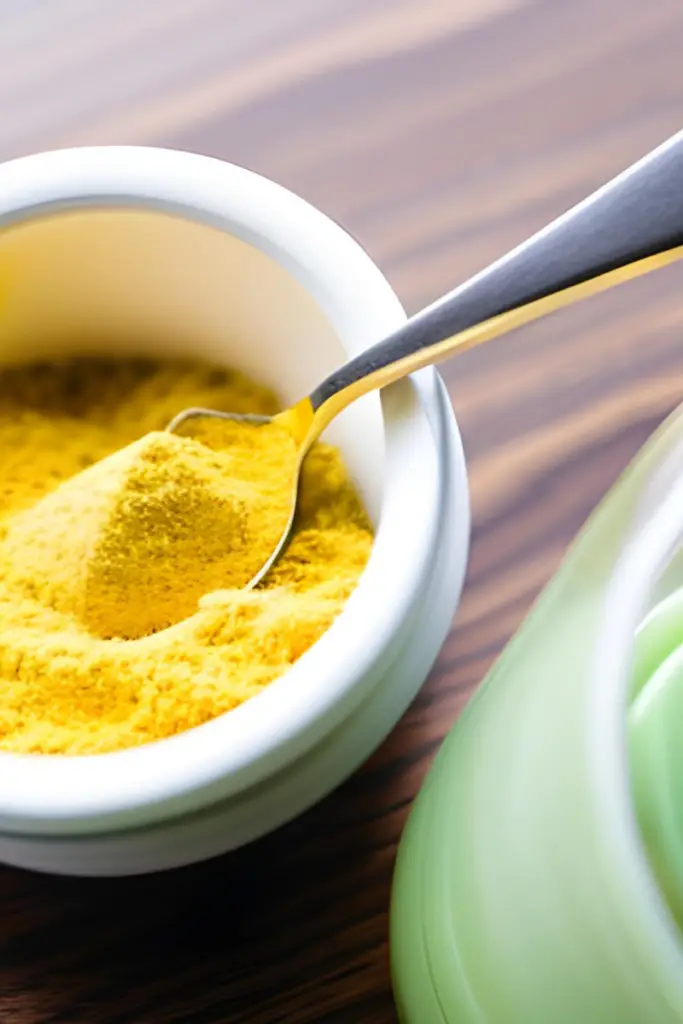can you mix ready to feed formula with powder formula?
Yes, It is okay to use both powder and ready-to-feed formula. They can be mixed together on the same feed or given as separate feeds. However, it is recommended that you use one type of formula exclusively for at least the first 4 weeks because your baby might not be ready to swallow a different type of formula yet.
Some pediatricians recommend using only powdered infant formulas from week 5 to 12 months for babies who have difficulty swallowing the thicker liquid formulas. That’s what my doctor recommended for my baby.
can i use both powder and liquid formula?
Yes, you can use both powder and liquid formula, but it is important to follow the instructions on preparing and mixing the formula carefully and use the correct proportions.
Combining both powder and liquid formula is possible as both types of formula are made to provide the necessary nutrients for an infant’s growth and development. However, it is essential to ensure that you follow the instructions provided for each type of formula carefully to avoid any errors in preparation as the proportions of water-to-formula powder and water-to-liquid formula may differ.
Powder formula needs to be mixed with the right amount of water specified on the label, and the water should be boiled and allowed to cool to the appropriate temperature before mixing. Liquid formula is typically ready to feed and can be used directly from the bottle.

Enfamil ProSobee Soy-Based Ready To Feed Formula
- Soy-based
- Soy protein isolate
- Lactose-free
- Suitable for infants with lactose intolerance or who need a dairy-free formula
- May have a slightly different taste than milk-based formulas
- More expensive than milk-based formulas
- Available in most stores
- May cause constipation or gas in some infants
- A good option for infants with lactose intolerance or who need a dairy-free formula

- Milk-based
- Made with cow’s milk protein
- Contains lactose
- Suitable for infants who are not lactose intolerant or who do not need a dairy-free formula
- Tastes similar to breast milk
- Less expensive than soy-based formulas
- Available in most stores
- May cause diarrhea or vomiting in some infants
How to make the transition from ready to feed to powder milk easier?
First, anytime you add a new type of milk to a baby’s diet, it’s important to do so gradually over a period of about five days. That way they have time to get used to the taste and texture without feeling too overwhelmed by new foods all at once. You can then alternate between the two types of formula for a few days so that baby gets used to both. By the 14th day you should be able to use only the new type of formula.
Secondly, you may also wish to mix it with breast milk or infant formula if your baby does not take full bottles in one sitting. If so, add 2 – 3 parts milk-based liquid to one part powder and mix well.
Once you begin adding new milk, it’s smart to offer it again the next day and then every day after that. That will allow you to notice if your baby has any negative reactions to the new type of milk or if he seems extra hungry. If so, you can return to using just one formula until he is a little older.
Powder and ready-to-feed formula are two different ways of feeding babies. When you’re trying to decide which type of formula is best for your baby, it’s important to think about whether you want pre-portioned servings or the option of mixing powder. Ready-to-feed formulas may be a better choice if you have limited time each day.
What type of water should I use for powder formula when transitioning?
It is best to use boiled water because it has less of a tendency to clump than the other choices, including bottled water or filtered tap water.
Be sure to shake the bottle vigorously once the powder is added to ensure it’s completely mixed. However, the bottle should be free of as many air bubbles as possible before feeding because too many air bubbles cause gas, which can result in colic.
To get rid of air bubbles, when feeding your baby, be sure to shake the bottle and squeeze it to get as many air bubbles out as possible. Then, hold the nipple vertically so that formula only goes into the top part of the nipple (the really wide part). Finally, tilt it sideways while pressing on it and gently squeezing it until any milk in there pours out.
In conclusion, yes you can mix both ready-to-feed and powdered formula of the same feed. But if your baby is sensitive to it, watch for few days and go back to ready to feed formula in case if there is any problem. But don’t worry about it much, as long as your baby is healthy then there should be no problems.
If you are concerned about the proven health benefits that are associated with breastfeeding in general, it’s best to breastfeed your infant exclusively for the first 6 months of your child’s life. This way, not only can you provide all of the important nutrients that a baby needs through breast milk but also reduce the risk of potential health issues for mom as well by allowing her body to rest and recover from childbirth.
You can also breastfeed and formula-fed your baby in any combination that works for your family as long as you’re not switching too frequently, which can cause issues with your baby’s digestive system and immunity system.
You may also like:

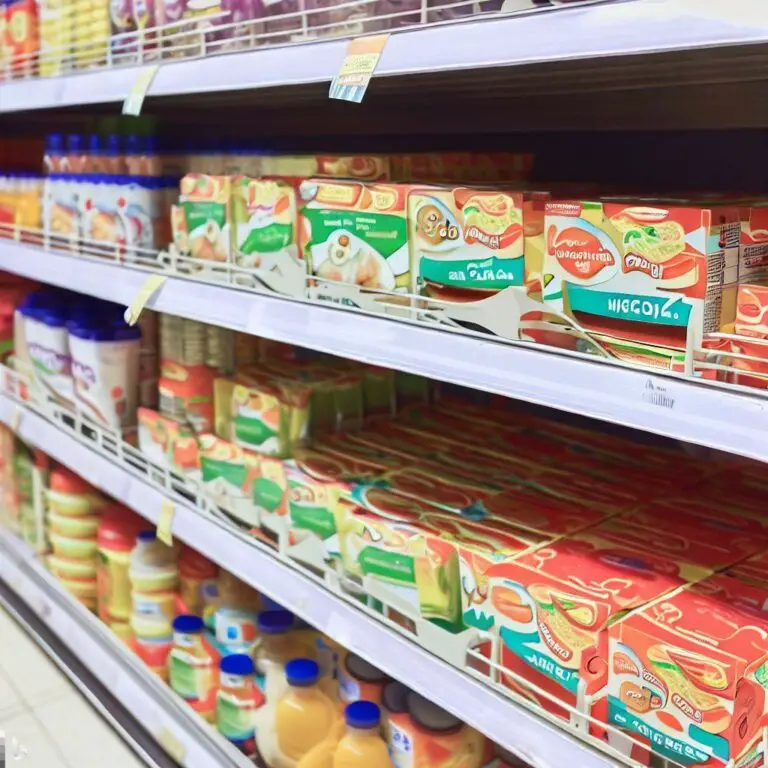
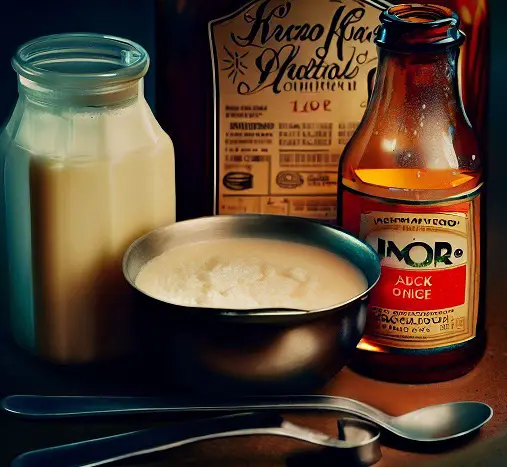
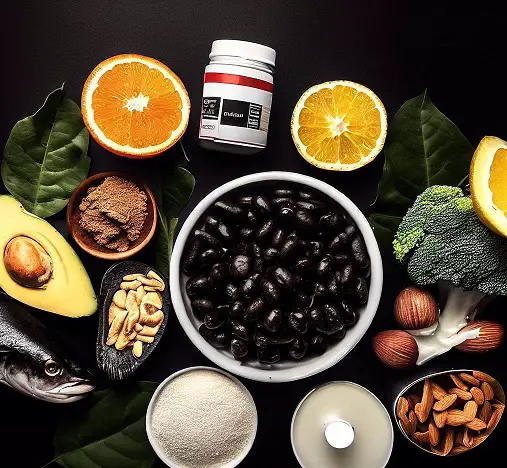

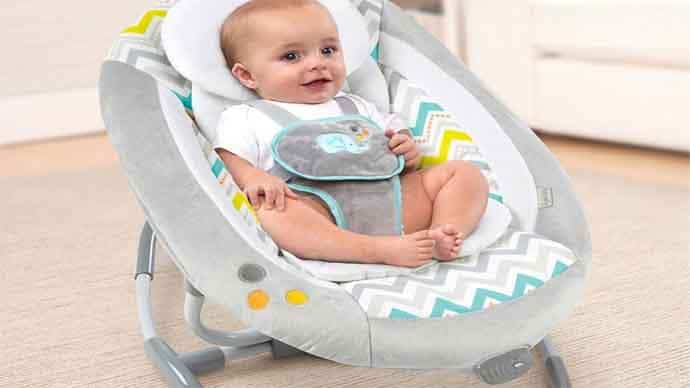
![Can I Eat Ice Cream While Breastfeeding?[Answered]](https://www.newmomstuff.com/wp-content/uploads/2021/07/mom-eating-ice-cream.jpg)

